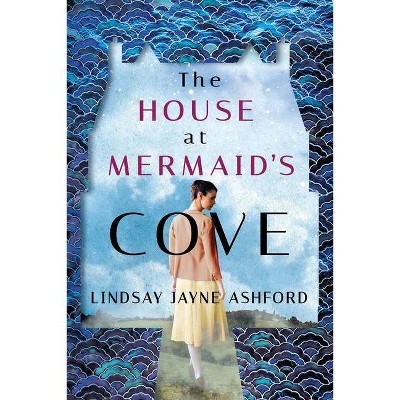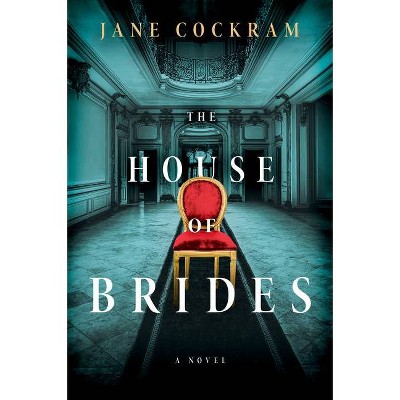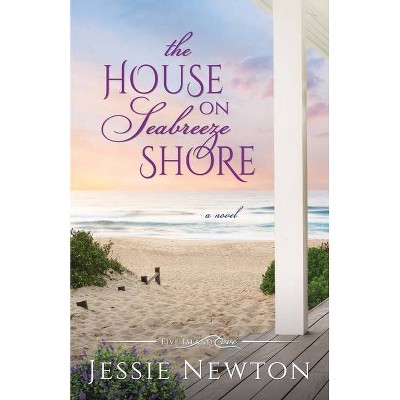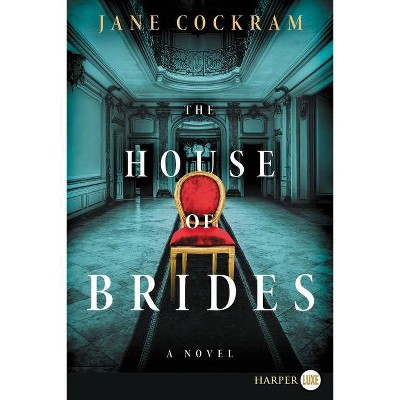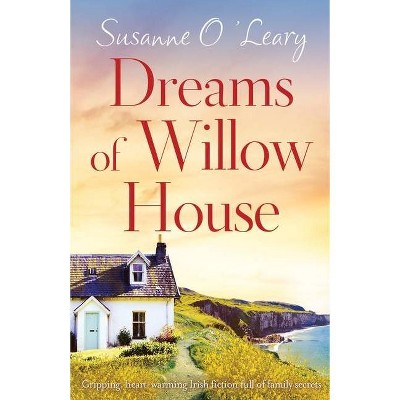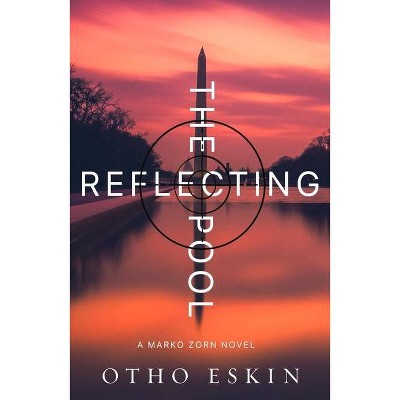The House at Lobster Cove - by Jane Goodrich (Paperback)
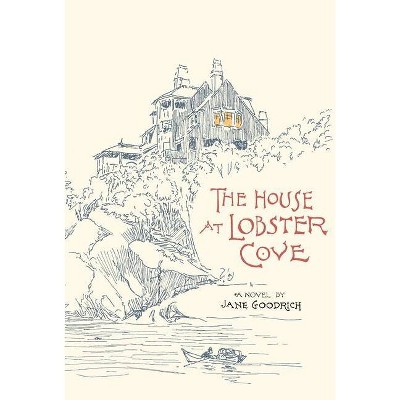
Similar Products
Products of same category from the store
AllProduct info
<p/><br></br><p><b> About the Book </b></p></br></br>He was Boston's largest taxpayer with little interest in civic affairs. He was listed in the Blue Book but joined no clubs. His magnificent dining room at Kragsyde, his house at Lobster Cove, rarely entertained visitors. If George Nixon Black was mentioned at all, it was almost as rumor. His greenhouses boasted rare plants, his collection of antiques and paintings were extraordinary and his patronage of the arts favored unknown female artists. Each winter he quietly boarded a luxury European-bound steamship with a man eighteen years his junior. Despite a privileged youth marred by violence and uncertainty, contrasted with the danger his lifestyle and secrets placed him in, his ability to obtain happiness and be himself was remarkable. <p/> While Black was probably content to slip away unnoticed, Kragsyde was to have no such fate. Garnering much attention when it was first built, and adored by architects and scholars ever since, the famous shingle-style house has made it impossible for Black to fully disappear. In <i>The House at Lobster Cove</i>, you will see behind the doors of Kragsyde, the house that sheltered and shaped him, and continued to tell his story long after both were gone. <p/> Using characters, letters and events from history, Jane Goodrich's first novel is part family saga and part love story, as well as an engaging personal journey for the author. Although Kragsyde was demolished in 1929, it was later rebuilt, in every detail, by Goodrich and her husband, doing all the work themselves on an island in Maine. A special feature of this edition is the letterpress printed cover and title page, hand printed on 100% cotton paper at the author's studios at Saturn Press in Maine.<p/><br></br><p><b> Book Synopsis </b></p></br></br><p><b>If George Nixon Black was mentioned at all, it was almost a rumor</b> He was Boston's largest taxpayer with little interest in civic affairs. He was listed in the Blue Book but joined no clubs. His magnificent dining room at Kragsyde, his house at Lobster Cove, rarely entertained visitors. His greenhouses boasted rare plants, his collection of antiques and paintings were extraordinary and his patronage of the arts favored unknown female artists. Each winter he quietly boarded a luxury European-bound steamship with a man eighteen years his junior. Despite a privileged youth marred by violence and uncertainty, contrasted with the danger his lifestyle and secrets placed him in, his ability to obtain happiness and be himself was remarkable.</p>The House at Lobster Cove</i>, you will see behind the doors of Kragsyde, the house that sheltered and shaped him, and continued to tell his story long after both were gone.</p><p>Using characters, letters and events from history, Jane Goodrich's first novel is part family saga and part love story, as well as an engaging personal journey for the author. Although Kragsyde was demolished in 1929, it was later rebuilt, in every detail, by Goodrich and her husband, doing all the work themselves on an island in Maine. A special feature of this edition is the letterpress printed cover and title page, hand printed on 100% cotton paper at the author's studios at Saturn Press in Maine.</p><p/><br></br><p><b> Review Quotes </b></p></br></br><br>...enthralling first novel . . . this book is about much more than the building of a summer house by a rich Bostonian (the city's biggest taxpayer in his day). It's the story of a man's life, including the two loves of his life . . . we know we are in the hands of an accomplished storyteller capable of dilineating the web of accurate details required of all successful historical novelists . . . Indeed, Goodrich's imagination brings life to all sorts of people, things, and milieus . . . As does PBS's <i>Downton Abbey</i>, <i>The House at Lobster Cove</i> uses real-world events as its backdrops: the Civil War, the Great Boston Fire of 1872, an anti-Irish immigrant atrocity that took place in Ellsworth in the 1850s. . . [a] tour de force.--Jeanne Schinto "Maine Antique Digest"<br><br>Fresh out of college and full of energy, Jane Goodrich set out to rebuild one of the finest and most elegant homes she'd ever laid eyes on. Nearly 40 years later, long after completing a replica of that magnificent home on Swan's Island in Maine, Goodrich has written a novel about the home's original occupant, a mysterious Boston philanthropist named George Nixon Black. Published by Massachusetts-based Benna Books, the novel is a fictional retelling of Black's life, though it's all mostly true. She changed no names and created only one character, because Goodrich believed Black needed a strong female presence in his life. She thought about writing a biography, but a novel gave her more latitude and suited her style and imagination. Writing a novel is like making a painting, she said. Writing a biography is like taking a photograph. She prefers painting. Like the subject of her novel, Goodrich lives a quiet life on Swan's Island. Using design skills that she learned in college, Goodrich cofounded Saturn Press on the island in 1986 and produces letterpress-printed craft cards on antique presses. Between the house and the book, Black has occupied Goodrich's mind for most of 40 years.--Bob Keyes "Portland Press Herald"<br><br>From the novel's riveting first chapter to its final page, Goodrich recreates the life and times of George Nixon Black with a mixture of meticulous historical research and inspired leaps of imagination. The finely drawn characters and the vividly envisioned settings in which they lived encourage the reader to enter into their world and make this first novel a thoroughly accomplished work of fiction. -Gertrude de G. Wilmers, author of Frederic Crowninshield: A Renaissance Man in the Gilded Age--Gertrude De G. Wilmers "Gertrude de G. Wilmers, author of Frederic Crowninshield: A Renaissance Man in the Gilded Age"<br><br>Jane Goodrich has built two fine houses in her life. The first was the remarkable resurrection of Kragsyde, the legendary and lost Shingle Style masterpiece. And here we have the second, The House at Lobster Cove, Goodrich's richly imagined life of the man who had Kragsyde built, George Nixon Black. Her novel is as capacious, assured, and surprising as Kragsyde. -Howard Mansfield, author of Dwelling in Possibility: Searching for the Soul of Shelter--Howard Mansfield "Howard Mansfield, author of Dwelling in Possibility: Searching for the Soul of Shelter"<br><br>Jane Goodrich's love affair with Kragsyde - a summer house hailed as a masterpiece of the Shingle Style - has culminated in a remarkable debut novel that persuasively melds fact and fiction. Drawing on her years of research, Goodrich lifts George Nixon Black - the enigmatic owner of Kragsyde - from the shadows of history, chronicling his childhood in rural Maine, his youthful adventures on the Grand Tour, and his constrained, frustrating life as the only son of one of the wealthiest men in Boston. The House at Lobster Cove stirs and fascinates, with evocative descriptions of the Civil War, Gilded Age architecture and society, and an enduring romance with a cousin of the last Queen of Hawaii. -Bret Morgan, author of Shingle Style: Houses by the Sea--Bret Morgan "Bret Morgan, author of Shingle Style: Houses by the Sea"<br>
Price History
Price Archive shows prices from various stores, lets you see history and find the cheapest. There is no actual sale on the website. For all support, inquiry and suggestion messagescommunication@pricearchive.us

